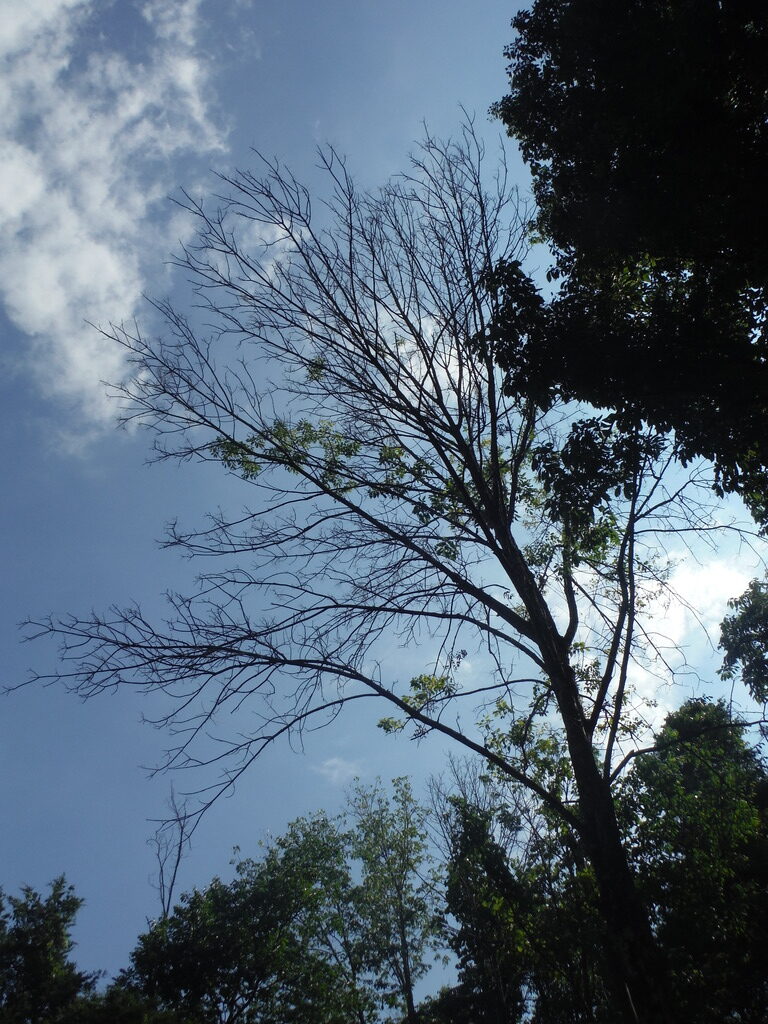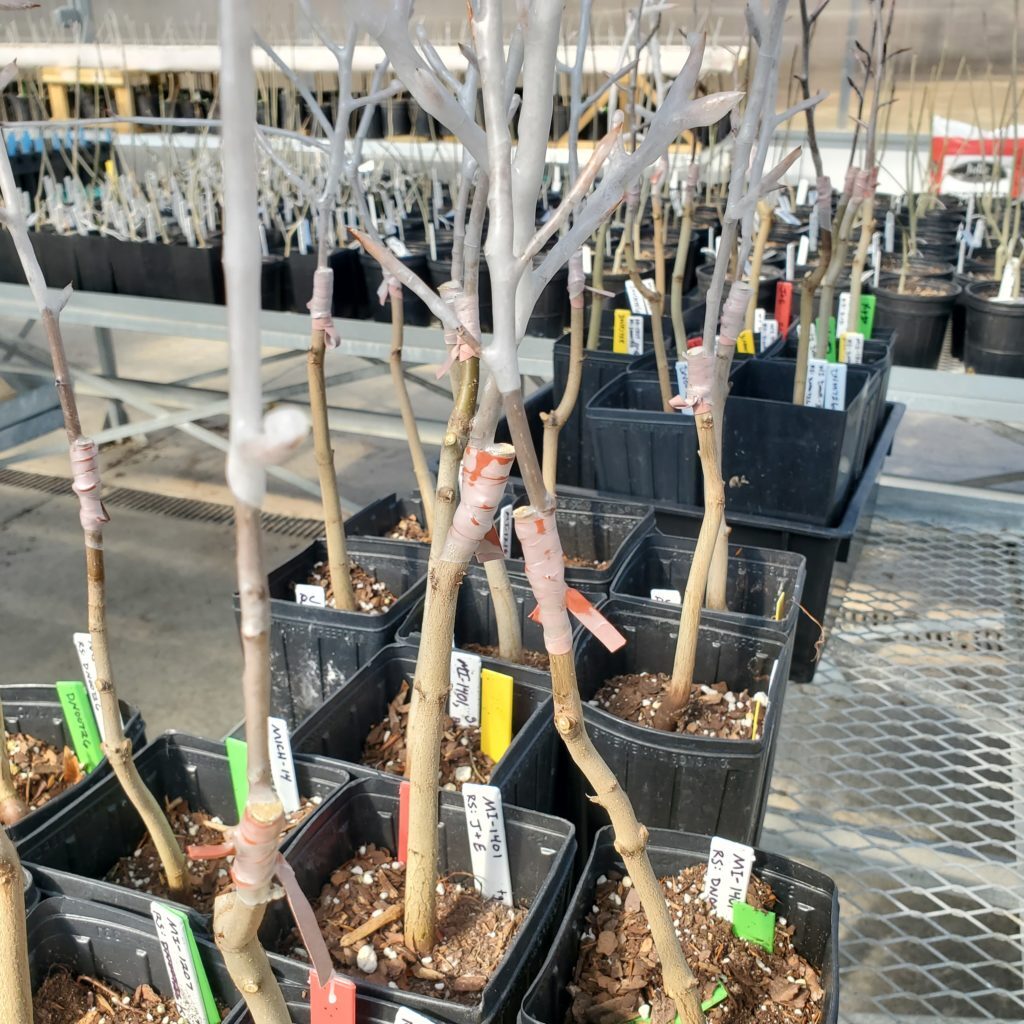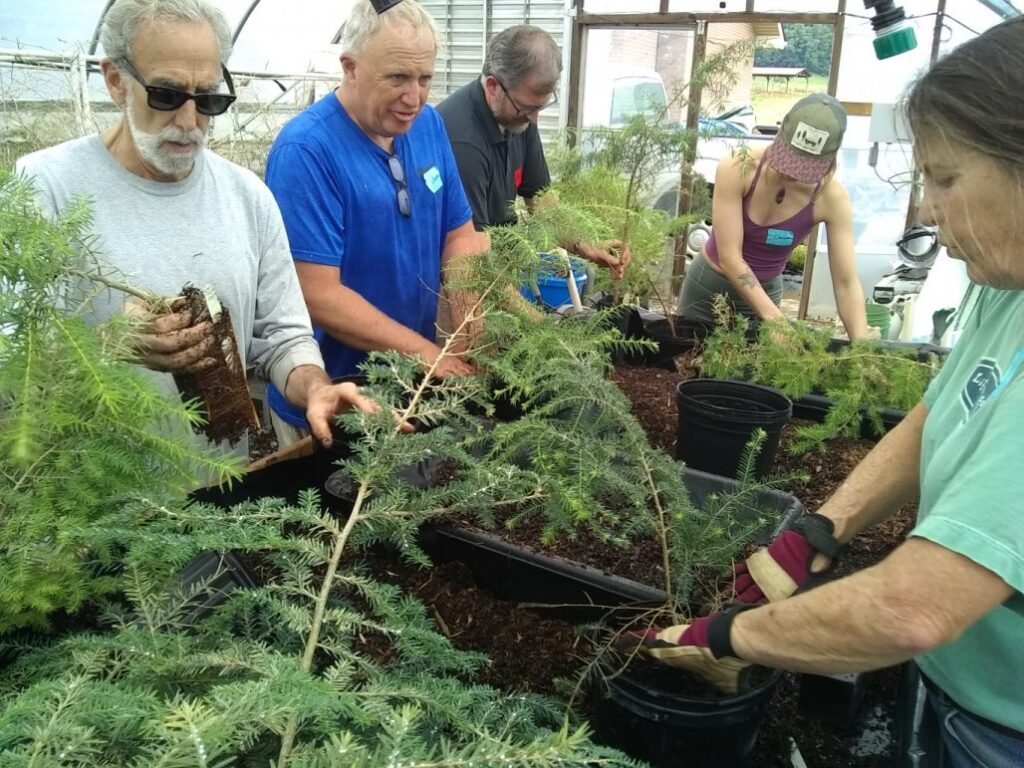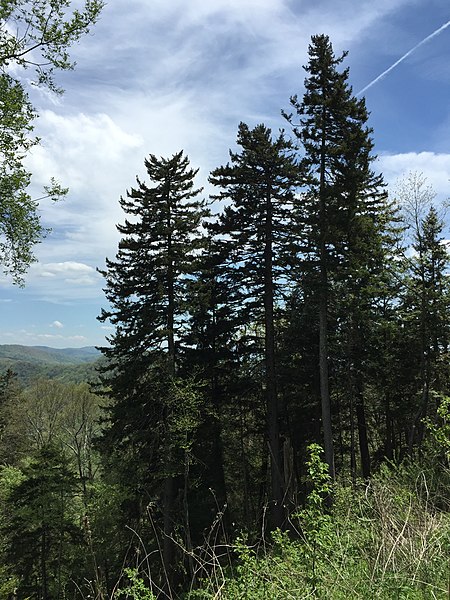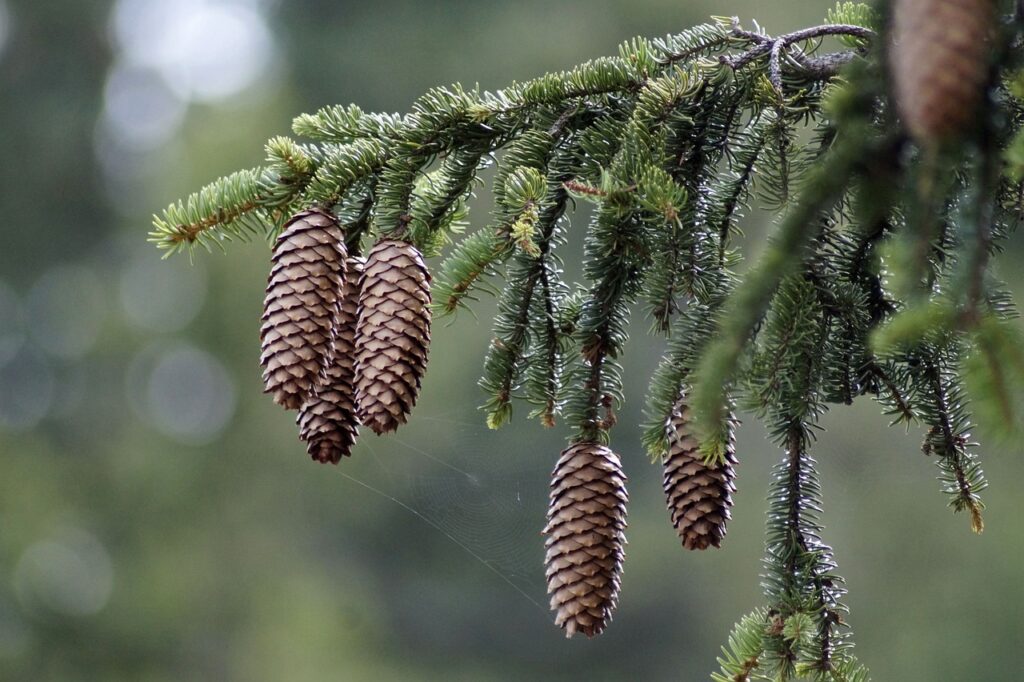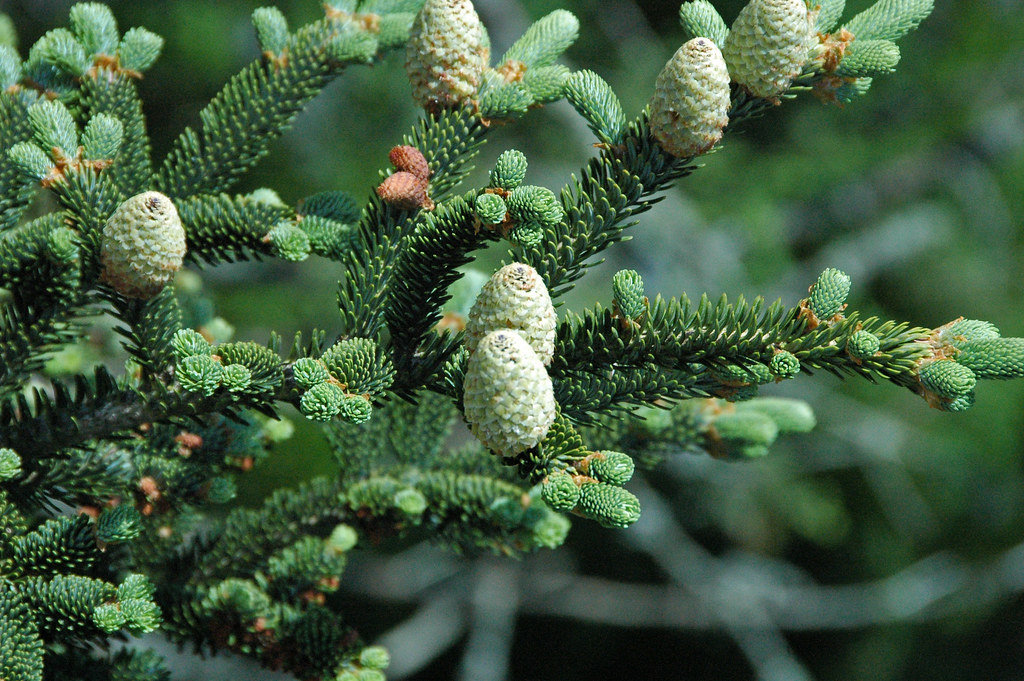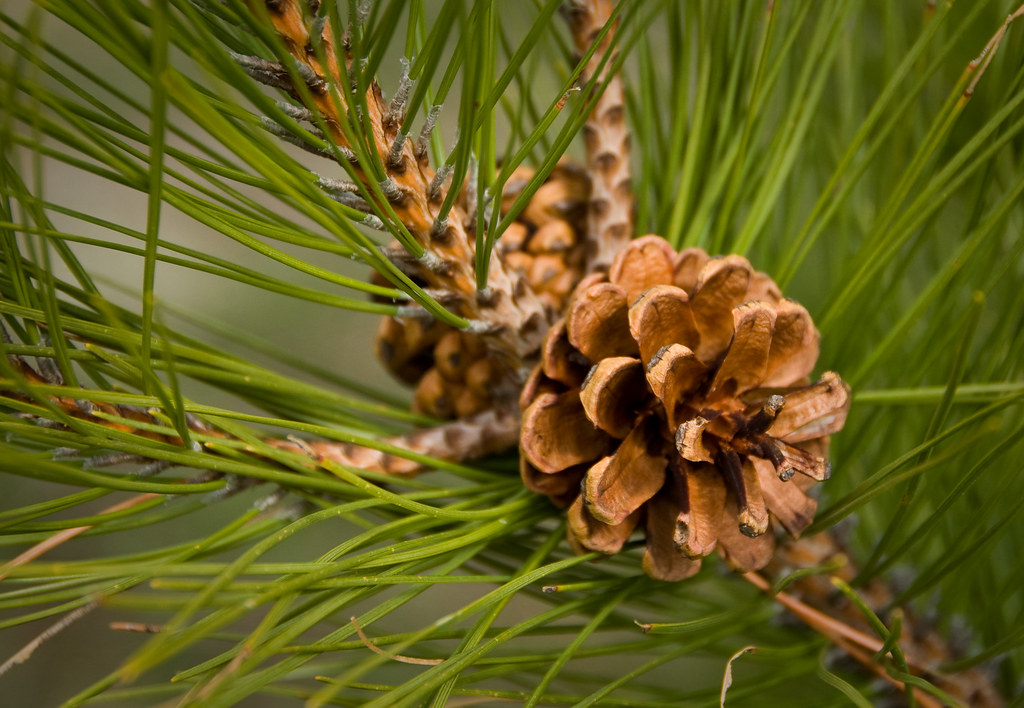Bills have been introduced into both the House and Senate to enhance USDA APHIS and Forest Service programs intended to curtail introduction and spread of non-native forest pests and disease and – especially – programs aimed at restoring pest-decimated trees to the forest.
The House bill is H.R. 3174; it was introduced by Reps. Becca Balint (VT).
The Senate bill is S. 1238; it was introduced by Senators Peter Welch (VT), Mike Braun (IN), and Maggie Hassen (NH). [Both senators Welch and Braun are on the Agriculture Committee – which will write the bill.]
CISP hopes that the contents of these two bills will be incorporated in the Farm Bill that Congress is expected to adopt this year or next. The proposals have the support of the Forests in the Farm Bill coalition. [Unfortunately, neither the “Consolidated Recommendations” nor “Summarized Recommendations appears to be posted on the internet at present.]
In the last Congress, a nearly identical bill introduced by then-Representative Peter Welch was endorsed by the organizations listed below. We hope they will endorse the new bills now! If you are a member of one of these organizations, please ask them to do so.
Organizations that endorsed the previous bill: Vermont Woodlands Association, American Forest Foundation, Center for Invasive Species Prevention, Reduce Risk from Invasive Species Coalition, National Woodland Owners Association (NWOA), National Association of State Foresters (NASF), The Society of American Foresters (SAF), the North American Invasive Species Management Association (NAISMA), the Ecological Society of America, Entomological Society of America, a broad group of university professors and scientists, The Nature Conservancy (TNC) Vermont, Audubon Vermont, the Massachusetts Forest Alliance, the New Hampshire Timberland Owners Association, the Maine Woodland Owners Association, and the Pennsylvania Forestry Association.
I seek your help in generating support for incorporating these proposals into the 2023 Farm Bill. Please urge your representative and senators to co-sponsor the bills or otherwise support that action.
Key points of the two bills:
- They strengthen APHIS’ access to emergency funds. APHIS has had the authority to access emergency funds from the Commodity Credit Corporation since 2000. However, the Office of Management and Budget has often blocked its requests. See § 2, of the bills, EMERGENCY AUTHORITY WITH RESPECT TO INVASIVE SPECIES.
- It creates two separate but related grant programs.
- The first grant program – in § 3. FOREST RECLAMATION GRANTS – funds research addressing specific questions impeding the recovery of tree species that are native to the US and have suffered severe levels of mortality caused by non-native plant pests or noxious weeds.
- The second grant program – in § 4. FOREST RESTORATION IMPLEMENTATION GRANTS – funds implementation of projects to restore these pest-decimated tree species to the forest. These projects must be part of a forest restoration strategy that incorporates a majority of the following components:
(1) Collection and conservation of native tree genetic material.
(2) Production of propagules of the target tree species in numbers sufficient for landscape-scale restoration.
(3) Preparation of planting sites in the target tree species’ former habitats.
(4) Planting of native tree seedlings.
(5) Post-planting maintenance of native trees.
- § 5 states that the absence of a national policy on addressing nonnative forest pests has resulted in their receiving a low priority within all Federal agencies. It then mandates a study to analyze agencies’ available resources, raise the issue’s priority, and improve coordination among agencies. This study is to be carried out by an independent institution, for example the National Academy of Sciences. The authors are to consult with specialists in entomology, genetics, forest pathology, tree breeding, forest and urban ecology, and invasive species management.
- Funding for all three action components – the emergency response and both grant programs – would come from the Commodity Credit Corporation, so it would not be subject to the vagaries of annual appropriations bills.
Entities which could apply for the research grants (§ 3 of the bills) include Federal agencies; State cooperative institutions; academic institutions offering degrees in the study of food, forestry, and agricultural sciences; and non-profit organizations exempt from taxes under §501(c)(3) of the tax code. Types of research funded could include:
‘‘(A) biocontrol of nonnative pests & diseases or noxious weeds severely damaging native tree species [the bill does not specify, but Project CAPTURE identifies many qualifying species; see also my earlier blog];
‘‘(B) exploration of genetic manipulation of the plant pests or noxious weeds;
‘‘(C) enhancement of pest-resistance mechanisms of hosts; and
‘‘(D) development of other strategies for restoring individual tree species.
The maximum amount of such grants is $400,000 per year.
Entities which could apply for the implementation grants (§ 4 of the bills) include a cooperating forestry school; a land-grant college or university; a State agricultural experimental station; a 501(c)(3) organization. Funding would begin at $3 million for FY 2023 and rise to $10 million for FY 2026.
The Secretary of Agriculture would be guided in implementing these programs by two committees. One – the committee of experts – would constitute representatives of the USFS, APHIS, ARS & State forestry agencies. The second – the advisory committee – would be composed of representatives of land-grant colleges and universities and affiliated State agriculture experiment stations, forest products industry, recreationists, and professional forester, conservation, and conservation scientist organizations.
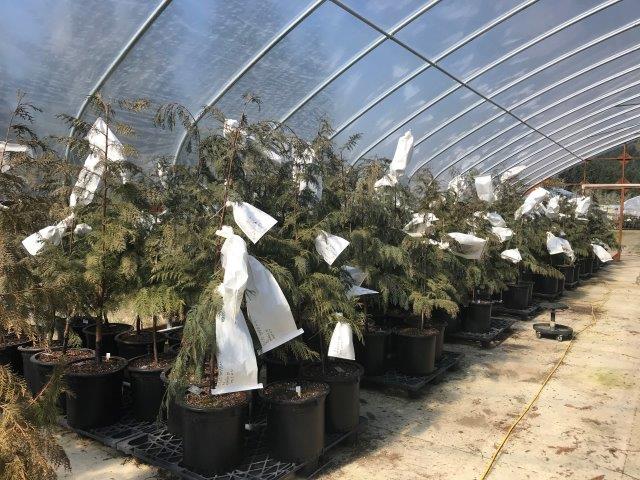
Please contact your Member of Congress (Representative) and senators to urge them to support inclusion of these provisions in the Farm Bill. [Remember: they work for us!] Telling them of your support for these bills is especially important if your Representative or Senator is on the Agriculture Committee. I list those legislators here:
| State | HOUSE AGRIC COMM | SENATE AGRIC COMM |
| AL | Barry Moore | Tommy Tuberville |
| AR | Rick Crawford | John Boozman |
| CA | Doug Lamalfa John Duarte Jim Costa Salud Carbajal | |
| CO | Yadira Caraveo | Michael Bennet |
| CT | Jahana Hayes | |
| FL | Kat Cammack Darren Soto | |
| GA | Austin Scott David Scott Sanford Bishop | Raphael Warnock |
| HI | Jill Tokuda | |
| IA | Randy Feenstra Zach Nunn | Joni Ernst Charles Grassley |
| IL | Mike Bost Mary Miller Nikki Budzinski Eric Sorensen Jonathan Jackson | Richard Durbin |
| IN | Jim Baird | Mike Braun |
| KS | Tracey Mann Sharice Davids | Roger Marshall |
| KY | Mitch McConnell | |
| MA | Jim McGovern | |
| ME | Chellie Pingree | |
| MI | Elissa Slotkin | Debbie Stabenow |
| MN | Angie Craig | Amy Klobuchar Tina Smith |
| MO | Mark Alford | |
| MS | Trent Kelly | Cindy Hyde-Smith |
| NC | David Rouzer Alma Adams | |
| ND | John Hoeven | |
| NE | Don Bacon | Deb Fischer |
| NJ | Cory Booker | |
| NM | Gabe Vasquez | Ben Ray Lujan |
| NY | Marc Molinaro Nick Langworthy | Kirsten Gillibrand |
| OH | Max Miller Shontel Brown | Sherrod Brown |
| OK | Frank Lucas | |
| OR | Lori Chavez-Deremer Andrea Salinas | |
| PA | Glenn Thompson | John Fetterman |
| SD | Dusty Johnson | John Thune |
| TN | Scott Desjarlais Brad Finstad | |
| TX | Ronny Jackson Monica de la Cruz Jasmine Crockett | |
| VA | Abigail Spanberger | |
| VT | Peter Welch | |
| WA | Marie Gluesenkamp Perez | |
| WI | Derrick van Orden |
Posted by Faith Campbell
We welcome comments that supplement or correct factual information, suggest new approaches, or promote thoughtful consideration. We post comments that disagree with us — but not those we judge to be not civil or inflammatory.
For a detailed discussion of the policies and practices that have allowed these pests to enter and spread – and that do not promote effective restoration strategies – review the Fading Forests report at http://treeimprovement.utk.edu/FadingForests.htm
or
